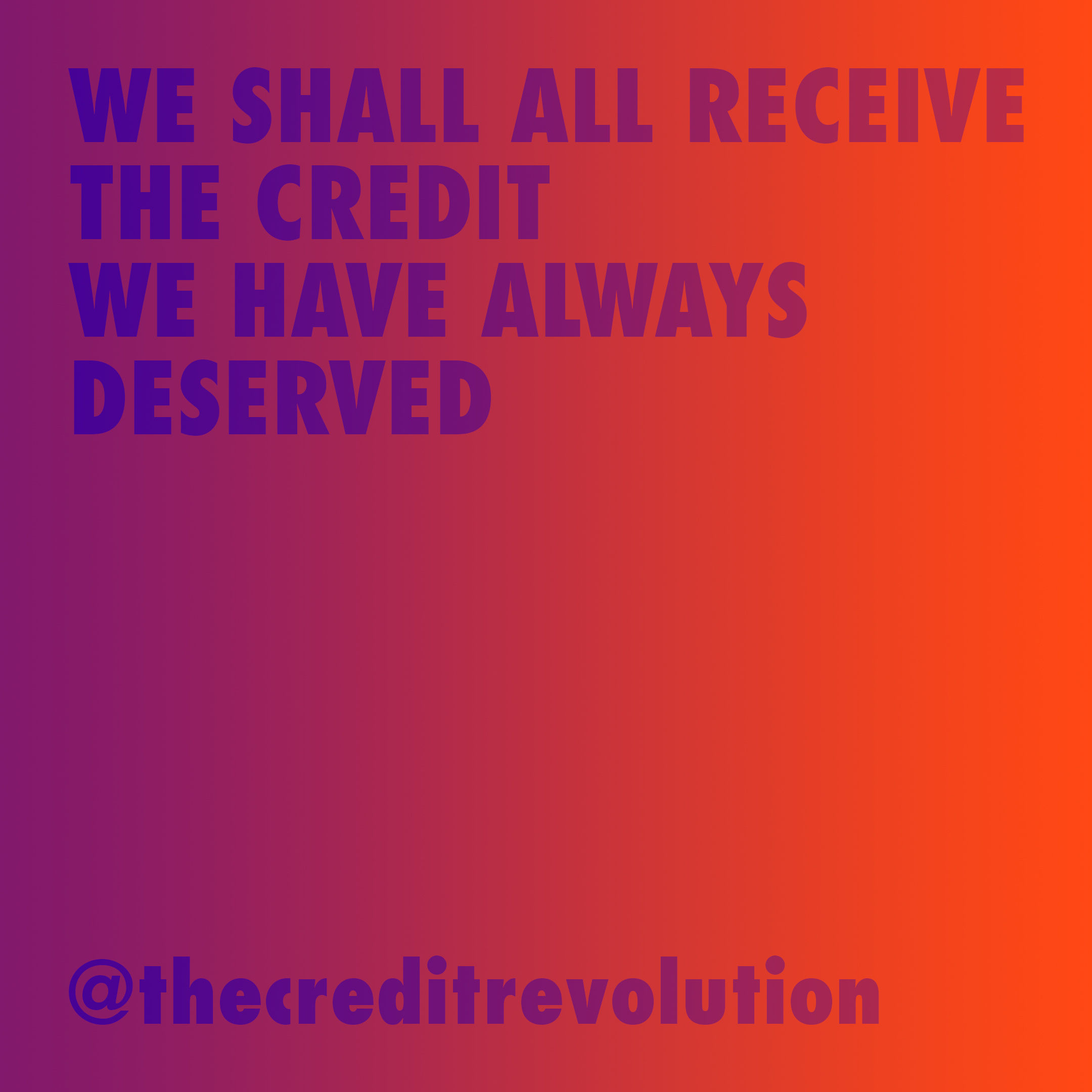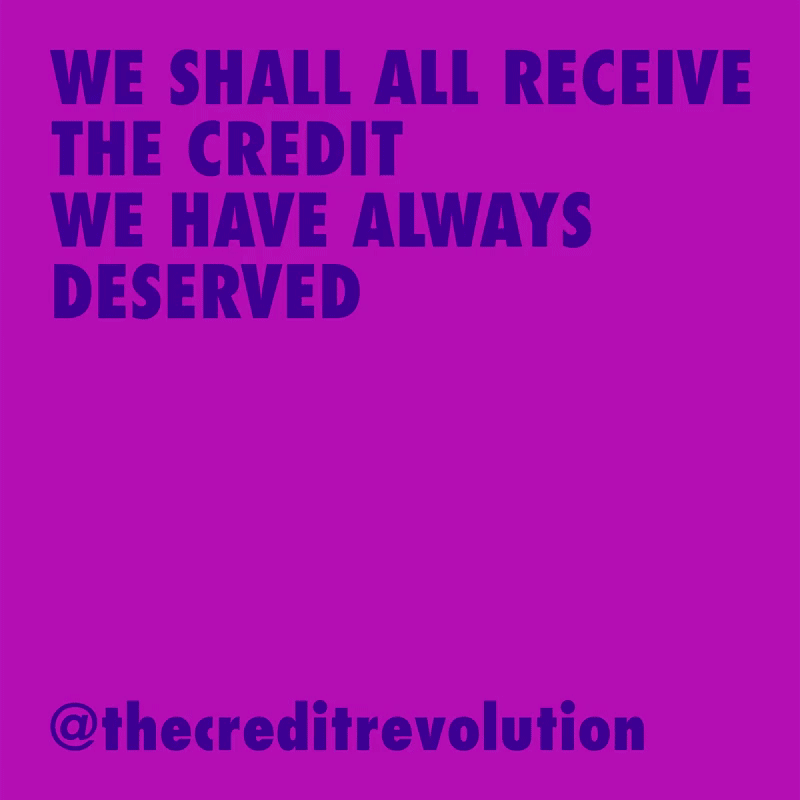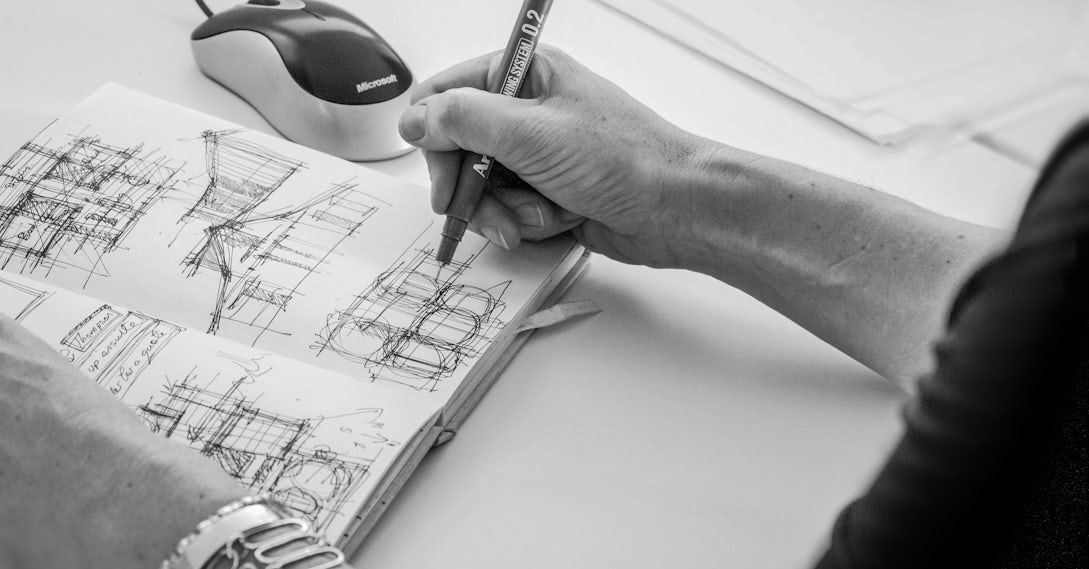Above image: Europa City by BIG – Bjarke Ingels Group; rendering by Squint\Opera
A number of leaders in the architectural visualization industry have launched an initiative to get architectural renderings credited more consistently by architects, social media aggregators and publications. The studios and artists who create vital visuals for an architectural project often get sidelined in publications and across social media. Despite the fact that all the visual content in a press release of a yet-to-be built work is created by a specialized rendering studio or artist, they are very rarely given their due credit. Now, the ‘invisibles’ that produce these valuable assets, which help shape our cities and enable architects to communicate their ideas to the world, have had enough.
They coined it ‘The Credit Revolution’, and it is spreading virally across Instagram, with thousands of studios and artists posting the fuchsia slogan ‘We shall receive the credit we have always deserved’.
DBOX Founder Matthew Bannister is leading the charge, emphasizing the need for change inside the industry and throughout the broader architectural community and beyond. “A major challenge is changing what seems to be an illogical crediting bias amongst many architects,” he explains. “While it has always been de rigueur to credit an architectural photographer that documents the final built work, many architects have a really hard time acknowledging those that help envision, and shape the project as part of the process.

He continues: “Sometimes the rendering team works from next to no information, on say an architectural competition, as an extended part of the architectural design team. In an instance like this, the renderer is quite literally expected to solve and embellish what isn’t yet there in the architect’s drawings. All too often, when the competition is won we see that the rendering team is completely forgotten.
“The press release has obviously gone out with all the visuals uncredited and the rendering teams are left feeling lower than the characters from the basement of Downton Abbey! Fast forward five years to when the project is built and the photos, of say Iwan Baan, will of course be credited as they grace the covers of all the publications. This inequity has to stop.
“I discussed this crediting malaise across architectural practices a couple of weeks ago with arguably the most important architect of our time and he sympathetically agreed that ‘it’s definitely time to change the architect’s mindset’. He was fully in support of architects crediting the visualizers for their ongoing collaborative efforts.”
CGarchitect founder Jeff Mottle supports the cause, pointing to the common practice of some companies using the work of others to help promote their own business, or even “pass off” those images as their own. “[There are] ArchViz Rendering Companies (whose primary service is renderings) posting work produced by other ArchViz artists and rendering companies under the guise of ‘inspiration’. Their goal is to use others work to pull traffic/followers to their rendering brand and business. Many of these Instagram accounts bury the credit below the first three lines, blurring the perceived authorship between their own work and the work of others. Many don’t credit at all. This is simply unacceptable.”

Bannister emphasizes that the movement is not about demonizing architects, but rather a call for all to adopt best practices when crediting to ensure collaborators are valued fairly: “Many architects are good about crediting, but the majority that continue to shield the provenance of these powerful and strategic assets (that play a critical role in the building process, from investor collateral, city planning processes, client presentations to shaping positive public perception) are on the wrong ethical side of this revolution/debate.”
Bannister asserts that the “The Credit Revolution” is not about him personally, or his internationally renowned firm. “DBOX nearly always gets credit,” explains Bannister. “It’s something we have fought tirelessly for from day one. Our clients know it is a condition to working with us. It’s in our contract, it was in our very first contract in 1996. We don’t do ‘work for hire’. I launched ’The Credit Revolution’ in an effort to help all the artists and studios in our industry receive the credit they have always deserved. It’s about the renderers uniting, saying ‘no more’ and elevating the perceived value of our discipline to where its real value has always been.
“My hope is that architects will also use our logic to make sure they are also always credited correctly. There are many large Instagrams that seem only concerned with image and themselves. It is reducing ‘reporting’ down to nothing but images, often without any indication of the architectural author, never mind the renderer. All we see is an image and 30 self serving hashtags. It’s as if we are slowly losing any sense of intelligent architectural discourse. Call me old fashioned, but a publication from the past would have never survived on such a pathetic kind of insta-reporting. Their only goal is to race to a high follower count so they can charge to post content. Digital killed the musician in the 90’s. Social is looking like the equivalent for the design professional today.”

The leaders of “The Credit Revolution” initiative have released a series of guidelines for rendering artists and studios to support and catalyze the cause, broken down into 3 parts on Jeff Mottle’s post on CGarchitect:
1. Social Media Awareness Campaign
First, download these images and videos and post them to your social media channels to show support for the initiative and to help spread the word: Consider posting the link in your profile so others can download the content: https://we.tl/t-YZ8bCtZCYM
2. Update your Social Media post information
We are recommending everyone (ArchViz artists and studios) add the following text to all posts they make on social media: Make sure you change @studioname to YOUR IG handle. Also the email address.
Publishing Guidelines | If you own or are affiliated with a company that provides rendering services you do not have permission to post our work. The jig is up. If you are an Instagram aggregator that posts Architectural renderings or graphic design then you must write ‘Image by @studioname’ in the FIRST line. If you are an Instagram aggregator that posts general Architecture/Interior Design photography then you must write ‘image by @studioname’ immediately after the Architect/Designer credit. We may choose to ask you to take a post down and the above should not be considered irrevocable permission to post <Studioname> IP. If you are a client, the crediting requirements are outlined in our mutual agreement. For all other usages outside of Instagram contact <studio email address>
3. Pay attention
If you would like to see updates please follow @thecreditrevolution on Instagram.









